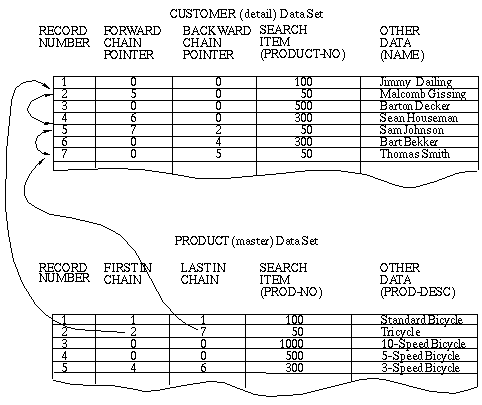






2 Introduction
Database definition is accomplished using an editing program (for example, vi on UNIX, Notepad on Windows) and the schema program. These programs are used in conjunction with the database definition language (DBDL) to define the structure, size and security of a database.
Database access and manipulation is performed using the database manipulation statements. These statements are invoked from Eloquence programs, and serve as an interface between databases and application programs. The manipulation statements handle database access and structural housekeeping.
Database maintenance operations are performed using the database utilities. These utilities provide the capability to create, purge, and erase data sets. You can also report on the structure of the database and, if desired, restructure the database.
A data item is the smallest data element. Each data item has a value and is referenced by a data item name. Data items correspond to program variables within an applications program.
| Data Item Name | Data Item Values |
|---|---|
| PRODUCT-NO | 50 |
| 100 | |
| 1000 | |
| PRODUCT-DESC | Tricycle |
| Standard Bicycle | |
| 10-Speed Bicycle |
A data entry, or record, is an ordered collection of related data items. All data is transferred to and from a database on a record basis.
| Data-Entry Definition | PRODUCT-NO | PRODUCT-DESC |
|---|---|---|
| Data Entry Values | 50 | Tricycle |
| 100 | Standard Bicycle | |
| 1000 | 10-Speed Bicycle |
A data set is a collection of data entries sharing a common definition. All entries in a data set are stored as a separate file in a directory and are referred to by a data set name. Some examples are shown below:
| Entry | ||
| Record No. | ||
| 1 | 50 | Tricycle |
| 2 | 1000 | 10-Speed Bicycle |
| 3 | 100 | Standard Bicycle |
Data entries contain pointer information used to link related entries. Detail entries contain pointers to other entries containing the same search item value. This linkage of related detail entries is known as a data chain. Master entries contain pointers to the beginning and end of data chains, along with the number of entries within the chain. This chain information is automatically maintained by the Eloquence DBMS.

Figure 2 Data Chain Example